Study of the Features of Parent-Child Interaction in the Family of a Child with Intellectual Disability by Means of Art Therapy
Author(s)
Yulia N. Danilova, Psychologist, Assistant of the Department of General and Practical Psychology, https://orcid.org/0000-0002-9964-0256, Institute of Special Education and Psychology, Moscow City Pedagogical University
27 Petrovsko-Razumovsky Pr, Moscow, Russia,127287, tel: +7 (495) 6121436, This email address is being protected from spambots. You need JavaScript enabled to view it.
Abstract. Introduction. This article presents an empirical study that reveals the features of parent-child interaction in families with older preschoolers with intellectual disability through art technologies. The theoretical and methodological basis of the study is the provision on the specific path of child development as a special process of appropriating socio-cultural experience in interaction with the world of adults, where the family acts as an important institution of socialization, while the intrafamily environment and parent-child interaction are considered not just as an external condition but as a source of personality formation for children with developmental disorders in their immediate environment of their loved ones. The relevance of studying the characteristics of parent-child interaction with preschoolers with intellectual disability from different angles is substantiated: the lack of psychological research studying this problem using art technologies, as well as the importance of parental interactions beween adults and the child for their social adaptation. The aim of the study is to determine the features of parent-child interaction in families of preschoolers with intellectual disability in comparison with families with normally developing peers using art technologies.
Materials and methods. The main method is an ascertaining experiment, including art therapy diagnostic methods such as the techniques of “Family Self-Portrait” (G.Smith, A.I.Kopytin), “Mise-en-scene in the sandbox” (L. Keri, T.I. Zinkevich-Evstigneeva), “targeted observation”, “quantitative and qualitative analysis”, methods of mathematical and statistical processing and interpretation of data using the Mann-Whitney method and cluster analysis.
The results. The empirical study of parent-child interaction in families of preschoolers with intellectual disability by means of art technologies showed psychological features charac- terizing the heterogeneity and level differences of quantitative and criteria-based qualitative indicators both in families of preschoolers with intellectual disability and in families with normally developing peers. The use of art technology in diagnosing parent-child interaction in families of preschool children with intellectual disability revealed the informative nature of this process.
Conclusion. The experiment confirmed the hypothesis put forward about the presence of features of parent-child interaction in the family of a child with intellectual disability, characterized by disharmony, heterogeneity, which in turn reflects the specificity of the intrafamily environment caused by the birth of a child with developmental disabilities. The possibility of using art and art technologies in the diagnosis of studying the family interactions of adults and a child with intellectual disability is shown. And the study also proved the theoretical provision about the unity of the laws of mental development of normally developing preschoolers and preschoolers with intellectual disability, manifested in the context of interaction between parents and a child of this category at the stage of preschool childhood.
Keywords: family, parent-child interaction, preschoolers with intellectual disability, diagnostics, art technologies
For citation: Danilova Yu.N. Study of the Features of Parent-Child Interaction in the Family of a Child with Intellectual Disability by Means of Art Therapy. Pedagogicheskiy IMIDZH = Pedagogical IMAGE. 2023; 17 (4): pp. 602-614 (In Rus.). DOI: https://doi. org/10.32343/2409-5052-2023-17-4-602-614
DOI: https://doi. org/10.32343/2409-5052-2023-17-4-602-614
UDС: 376






